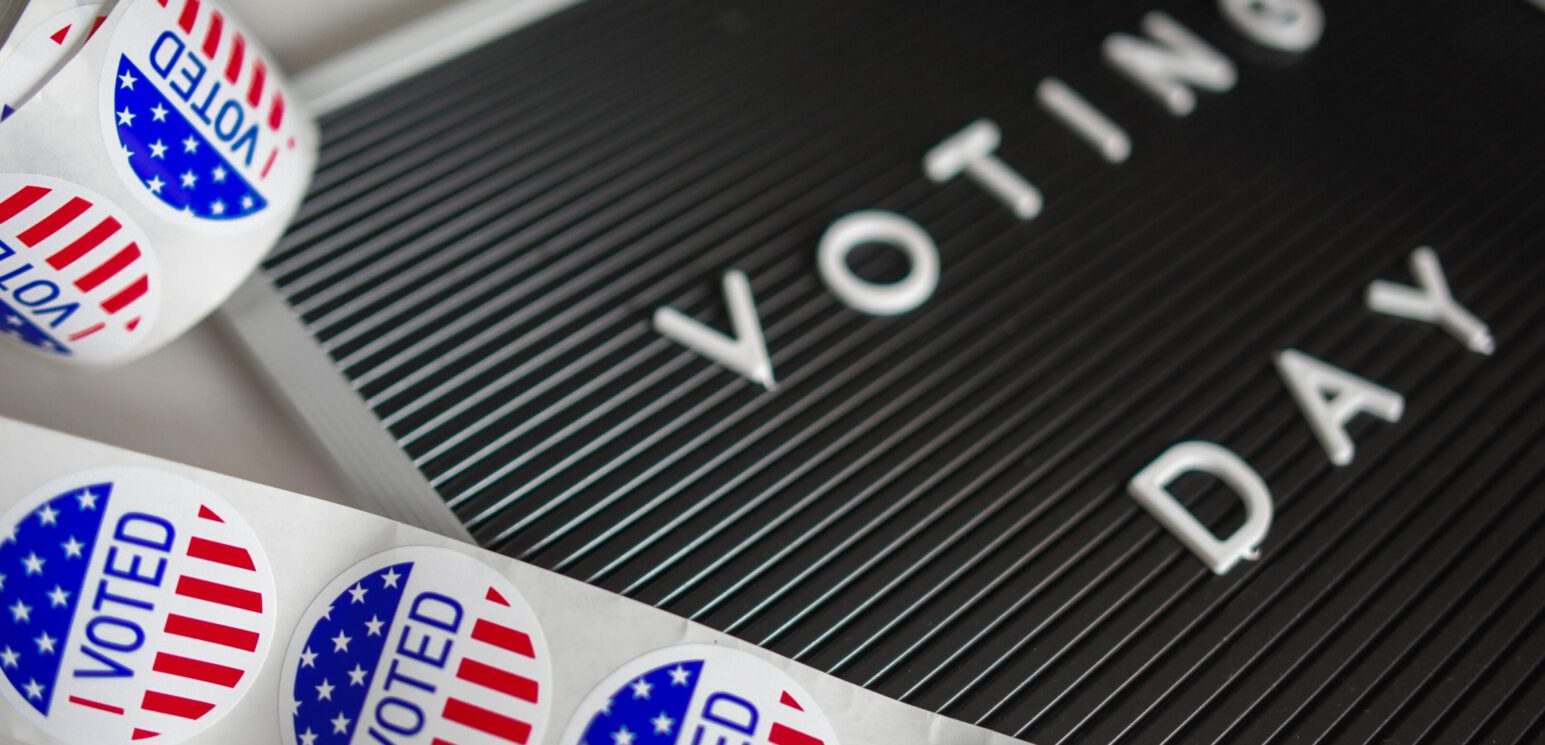Every four years, Americans get to witness a special kind of political spectacle: presidential elections. The US elections have two interesting features that distinguish them from many other democracies, primary elections by each party and the electoral college. Game theory, which studies strategic interactions between individuals, firms, or political parties, can help us understand how these features influence campaign strategy.
Game Theory Historical Relevance
The electoral college has given rise to a two-party system. In such a system, game theory predicts that either party has an incentive to position themselves in the center of the political spectrum to appeal to as many voters as possible. The “median voter theorem” was introduced to political science by Anthony Downs in 1957. It is closely related to Hotelling’s location model, which economists use to describe product placement.
Median Voter Theorem’s Role in Game Theory
To illustrate the median voter theorem, imagine that there are two candidates who choose their campaign platform on the political spectrum. We will assume that candidates only care about winning the elections and do not have any strong ideology that dictates their position. For simplicity, suppose that each candidate chooses one of nine possible positions, where 1 indicates the extreme left and 9 indicates the far right, as illustrated below.

Suppose there are an equal number of voters that prefer each position and that each voter will vote for the candidate closest to their preferred position. For example, if the two candidates choose the extreme positions 1 and 9, as indicated by the red and blue icons above the line, then voters located at positions 1 through 4 will vote for the candidate positioned to the far left (indicated by their blue color), voters located at positions 6 through 9 will vote for the far right candidate (red color) and they will split the vote of voters located at position 5 in purple.

Notice however that each candidate can attract additional votes by moving closer to the center. For example, suppose the candidate to the left moves to position 2.

Notice that now voters at positions 1 through 5 will vote for the candidate to the left, who consequently wins the election. The candidate to the right could anticipate this and move even closer to the center, for example to position 7 to flip the result.

If we continue in this fashion, both candidates will eventually choose position 5 in the center (the location of the so-called “median voter”), where they equally split the votes. Now neither one of the candidates can improve their share of votes by unilaterally moving away from the center. As such, this is the predicted outcome according to the median voter theorem.

As a result, we don’t see both parties occupy the exact same position. Consequently as Dr. Benjamin Polak from Yale University explains in his lecture on the median voter theorem, over the past few decades we can find multiple examples where presidential candidates have taken a rather centrist position. For example, Kennedy in 1960, Nixon in 1968, or Clinton in 1992.
Primary Elections Stance in Game Theory
Another interesting feature of US presidential elections is that candidates for each party are chosen in primary elections. As a result, the median voter theorem predicts that it is optimal for candidates in the Republican and Democratic primaries to choose a stance that appeals to the median Republican and median Democratic primary voter. For example, positions 3 and 7 in our illustration above. Once selected by their respective parties, the candidates will then face the entire spectrum of voters and “pivot” towards the center.
Joe Biden’s Game Theory Stance
Interestingly, looking at this year’s presidential election, the opposite seemed to happen. After Joe Biden became the nominee of the Democratic party, he pivoted to the left. One possible explanation for this move is that unlike in our simple model, voters may choose not to vote if both candidates are far from their own preferred position. For example, a voter located to the far left at position 1 or the far right at position 9 may decide not to vote at all. Thus, Biden may have chosen to move to the left to encourage higher voter turnout among progressive Democrats.
While game theory can provide us some insights into campaign strategy, the winning strategy for the 2020 election will remain the subject of much debate and speculation until the morning of November 4.
To learn more about game theory and strategy, become a Buff at West Texas A&M University and take economics courses! Students debate and expand their economics knowledge while earning a degree. For more information, request information here.


